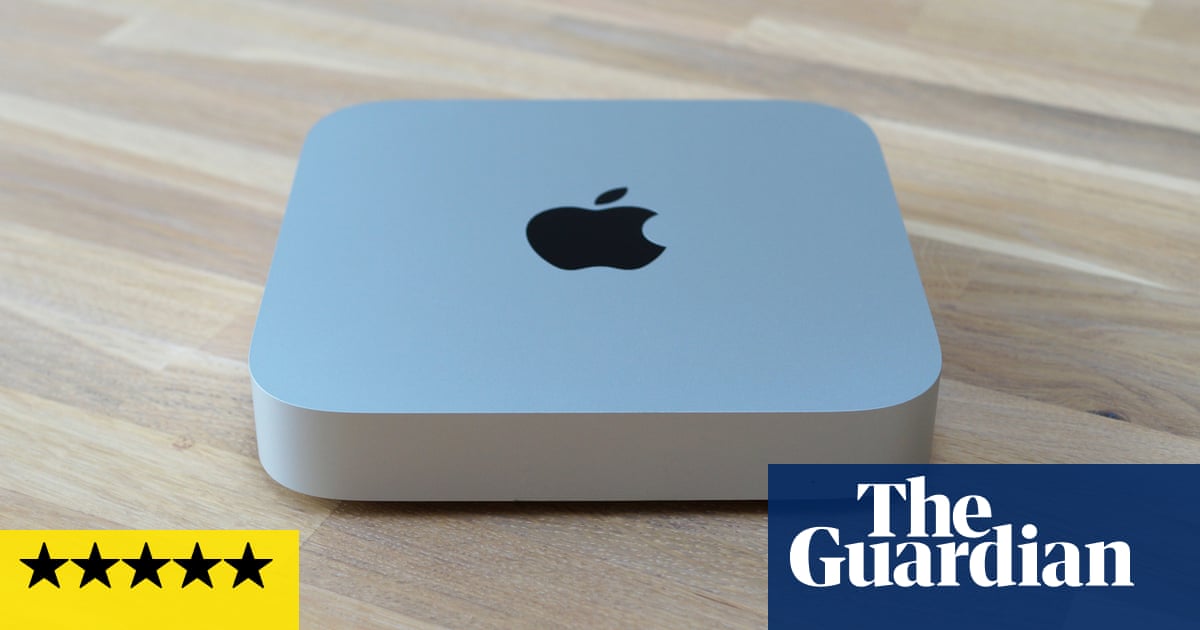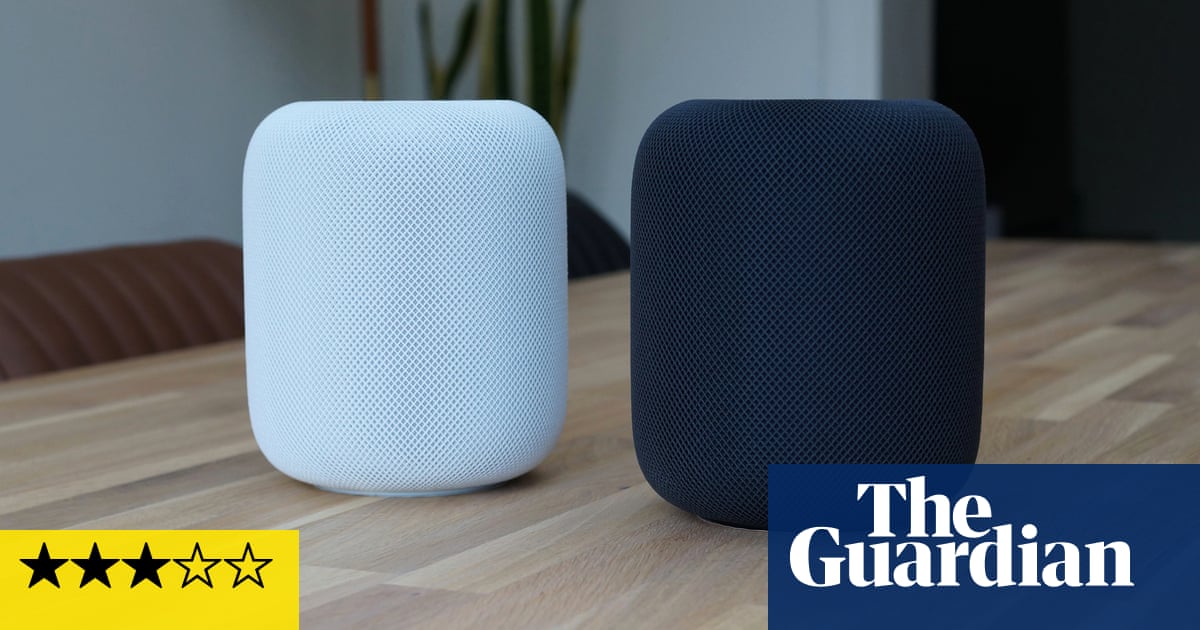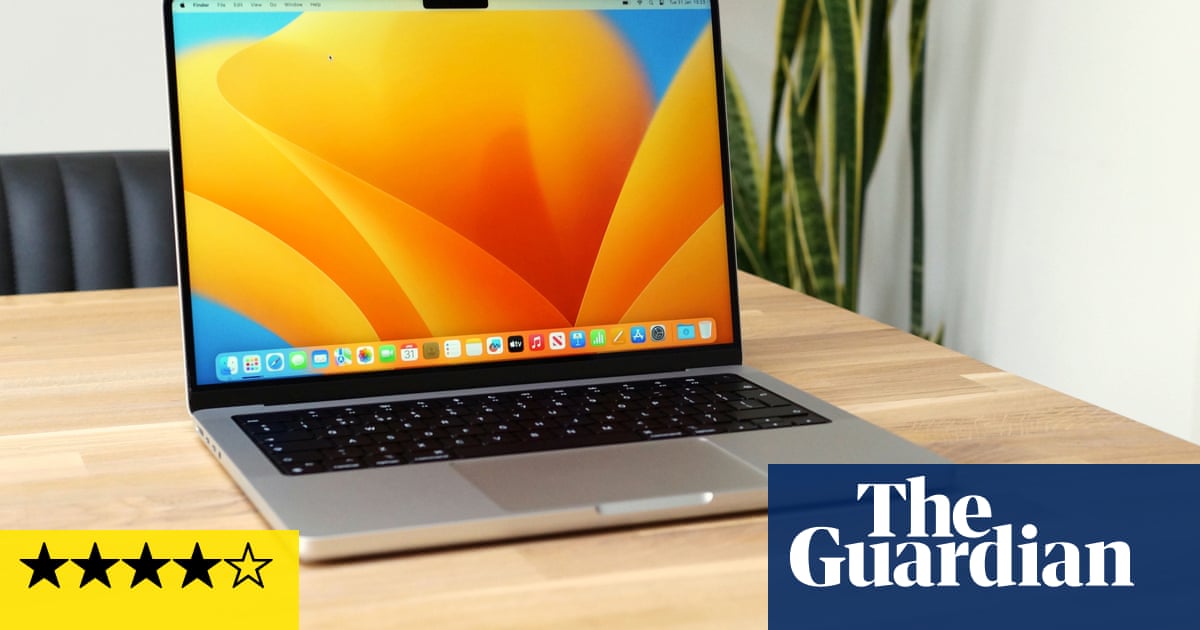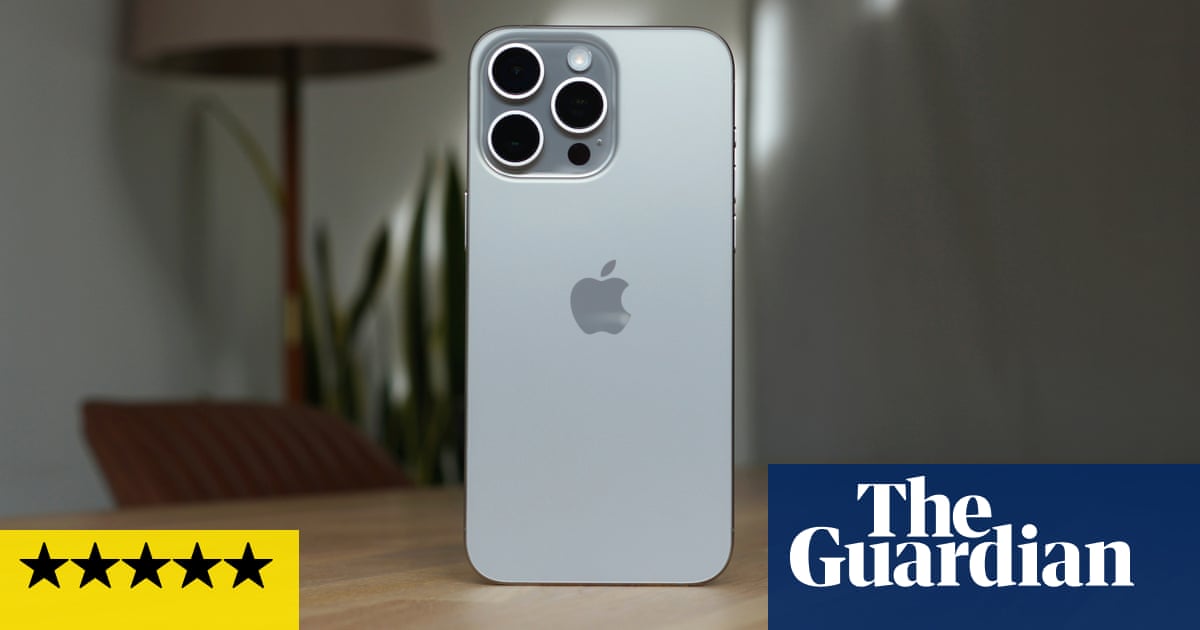
Apple’s HomePod mini is finally here – the iPhone maker’s attempt to break the Amazon Echo-Google Home duopoly and put itself back into the voice assistant race.
The HomePod mini costs £99 and sits below the full-sized HomePod costing £279.
The speaker looks like a smaller, more spherical version of the big HomePod from almost three years ago. The outside is covered in a recycled plastic fabric mesh and there is a touch-sensitive disc at the top with a coloured LED display that lights up and pulsates as you interact with its voice assistant, Siri.
It is an attractive object that is smaller and less prominent than its primary competition, the equally new Amazon Echo and Google Nest Audio.
The HomePod mini is different to other smart speakers in that it is not cross-platform. If you don’t have an iPhone 6S, iPad Air 2 or seventh-generation iPod touch or newer you cannot set it up, and while anyone can talk to it, many of the features require each person to have their own iPhone.
Specifications
Dimensions: 84.3 x 98mm
Weight: 355g
Connectivity: wifi n, Bluetooth 5.0, Thread, UWB, 4x mics
Controls: top capacitive touch buttons
Speakers: One driver, two passive radiators
Siri, Home and setup
Setting up the HomePod mini is very simple: plug it in, bring your iPhone near the speaker, tap the on-screen prompt and follow the instructions.
The Home app handles settings, alarms, Siri’s voice and various options. The app also manages various smart home devices that Siri can control, which is limited in number compared with those available for Alexa or Google Assistant. The speaker supports the new cross-platform Thread smart home standard, too, which is expected to have wider support in the next few years.
Siri has significantly improved in its understanding of speech, knowledge and capabilities since the first HomePod. It is perfectly capable of simple tasks such as timers, calculations and conversions, telling you when the next Premier League game is, the weather or the current phase of the moon, or looking up the traffic news.
It is still behind Google Assistant in the breadth of knowledge and will often pass off results to a notification on the iPhone rather than reading out an answer – it will send you to a Wikipedia page instead of just telling me how old someone is. It also has very limited conversational features compared with its rivals but you can change the accent and gender of its voice.
Requests requiring personal data, such as your calendar or reminders, only work if your iPhone is on the same wifi network as the HomePod mini as the information is pulled straight from your phone for privacy reasons. Asking for your “personal update” will read out your calendar, the weather, reminders, your commute and play a clip of the news.
Siri can also make phone calls or send and read messages, including those from some third-party apps such as WhatsApp on an iPhone. Ask for directions to a place and the answer can be queued up in Apple Maps for when you connect it to a car with CarPlay.
Controls and music sources
Outside of voice commands, the volume can be adjusted by tapping the plus or minus symbols on the top of the speaker. Tapping the centre of the disc pauses or plays music, or stops Siri. Double and triple tapping skips forward or backwards a track respectively, while tapping and holding invokes Siri.
The HomePod mini also has some very neat proximity-based tricks up its sleeve. Approach it with a recent iPhone equipped with Apple’s U1 ultra wide band chip and it will transfer whatever is playing on the phone to the speaker or visa versa – it’s a surprisingly delightful experience. Later in the year Apple will also enable a collection of controls to pop up when you get near via an update. It works with an iPhone 11 or later.
Otherwise, Apple Music, iTunes in the cloud (purchases and iTunes Match) or radio through TuneIn can be played straight on the HomePod Mini via voice or the app on an iPhone or iPad. Some third-party music services will also be able to play straight on the HomePod mini like Apple Music in the near future, but not Spotify or BBC radio, which may be a deal-killer for some. The iPhone can manually stream audio from apps via wifi with AirPlay 2, including Spotify and BBC Sounds, however.
Unlike most other smart speakers there’s no line-in for analogue audio nor the option to stream to the HomePod mini via Bluetooth. The only option is AirPlay 2, which only Apple devices support, so there’s no way to send audio from an Android smartphone or Windows PC.
Sound
Unlike recent competitors, the HomePod mini only has one driver inside it that fires downwards on to an acoustic wave guide, which is essentially a cone-shaped base that directs the sound outwards around the speaker. Two passive radiators use the excess energy from the main driver to amplify the bass, too.
The HomePod mini is surprisingly loud and full for something so small. One speaker can easily fill a medium-sized room or you can create stereo pairings if you have two of them.
The audio it produces is fully rounded with a good balance of tones and plenty of detail across the volume range. There’s enough bass to sound rich, mids are very strong while high notes are a little less crisp than I’d like. The result is very clear, with pronounced vocals, good separation of tones and the ability to handle complex pieces with real assurance.
It cannot produce really deep bass; sounding a bit quiet in tracks such as Lindsey Stirling’s Crystallize. The heartbeat in the intro to John Martyn’s Small Hours lacks a bit of punch, while Nirvana’s Smells Like Teen Spirit doesn’t sound as raw and grungy as I’d like.
Overall, the HomePod mini sounds great with most music genres and packs a serious punch for its size but can’t quite match the sonic highs of some of the best smart speakers out there, even in a stereo pair.
Sustainability
The HomePod mini is generally repairable, with an out-of-warranty service costing £86.44.
The speaker contains 99% recycled rare earth elements and at least 90% recycled plastic in the fabric mesh, with a further 35% recycled plastic used in multiple other components. Apple is also using renewable energy for final assembly of the handset and breaks down the speaker’s environmental impact in its report.
Apple offers trade-in and free recycling schemes, including for non-Apple products.
Observations
Sending audio from a Mac cannot be done as a stereo pair, only to each of the individual speakers.
The Apple Music app on an Android device cannot control or send music to the HomePod mini.
Price
The Apple HomePod mini comes in space grey or white costing £99.
For comparison, the larger HomePod has an RRP of £279, the Google Nest Audio costs £89.99, the Amazon Echo is £89.99, the Echo Dot is £49.99 and the Sonos One costs £199.
Verdict
The HomePod mini is a smaller, cheaper Apple smart speaker that sounds great, particularly for its size.
It is an attractive but unassuming little device that blends into the background well. Siri is more capable than ever and is closing the gap to the superior Alexa and Google Assistant on most fronts. The proximity features with an iPhone 11 or newer are a little touch of magic, too.
But unlike most other smart speakers, the HomePod mini is not cross-platform, needs an Apple Music subscription to get the best out of it and requires you and your family members to be fully integrated into the Apple ecosystem – Android users need not apply.
The HomePod mini is the best new smart speaker for those who live and breathe Apple but for everyone else there are better options.












